Iran-US nuclear talks: A historical overview and future expectations
By Fatemeh Modaresi
The indirect nuclear negotiations between Iran and the United States have long been a diplomatic tightrope walk, fraught with tension, mistrust, and historical baggage.
At the heart of this decades-long saga lies Iran’s peaceful civilian nuclear program, which Western powers fear could serve as a stepping stone toward nuclear weapons.
For Iran, however, the issue is as much about sovereignty and independence as it is about science and energy. Leader of the Islamic Revolution has emphatically stated that the Islamic Republic is not eyeing nuclear weapons or any weapons of mass destruction.
Iran, as a signatory to the Nuclear Non-Proliferation Treaty (NPT), is well within its right to pursue peaceful nuclear program for health and energy purposes. And that’s what it’s doing.
The story begins in 1979, when the hugely popular Islamic Revolution toppled the West-backed regime in Tehran and put an end to the American interference in the country.
From that point on, Iran’s opposition to US meddling in the region, and Tehran’s support for resistance groups from Palestine to Lebanon to Iraq, led to breakdown in their diplomatic ties.
Taken aback by the snub, Americans started playing roguish games to settle the score.
In 2002, Iran’s nuclear program came under intense international scrutiny. Although Iran insisted its intentions were peaceful, Americans and their allies had already made their mind. They launched a severe sanctions campaign against the Islamic Republic.
The pressure campaign continued until 2010, when the United Nations Security Council ratcheted up the sanctions further at the behest of the regime in Washington.
But 2015 brought a breakthrough: After intense negotiations, Iran and the P5+1 (the US, UK, France, Russia, China, and Germany) signed the Joint Comprehensive Plan of Action (JCPOA), commonly known as Iran nuclear deal.
✍️ Analysis - Analysis: As indirect nuclear talks resume in Rome, why is Iran distrustful of US
— Press TV 🔻 (@PressTV) April 19, 2025
By Mohammad Homaeefar https://t.co/i1tJBPrjLb
Under the deal, Iran agreed to limit its nuclear activities and submit to robust inspections in exchange for sanctions relief. Remarkably, although Iranian facilities make up only three percent of the world’s nuclear sites, roughly 25 percent of the International Atomic Energy Agency's (IAEA) global inspections focused on Iran. Iran never complained about it though.
Then came 2018. The Donald Trump administration unilaterally withdrew from the JCPOA, and reinstated cruel and crushing sanctions. Iran’s economy reeled and trust shattered.
For one year, Iran waited for remedial measures on part of the other signatories, mainly the Europeans. However, nothing happened. The European troika succumbed to the US pressure.
When Joe Biden entered the White House in 2021, he vowed to return to diplomacy and seek a “longer and stronger” nuclear deal and to reverse measures taken by his predecessor.
He not only failed to reverse the measures but scaled up pressure and imposed more sanctions on Iran just because Iranians asserted their right to pursue peaceful nuclear program.
In the past few years, negotiations have flickered on and off, hampered by the lack of political will in Washington and the influence exerted by Zionist lobby groups.
Late in 2024, indirect talks, brokered by international mediators, produced a tentative framework. It aimed to further limit Iran’s nuclear activities, partially restore sanctions relief, and introduce new verification measures.
There was also a push to reduce the humanitarian impact of sanctions, which have disproportionately affected ordinary Iranians, including critically ill patients.
✍️ Analysis-Indirect but impactful: Iran-US talks mediated by Oman off to a ‘constructive’ start
— Press TV 🔻 (@PressTV) April 13, 2025
By @mypenmyworld https://t.co/bpsK6eVec7
Reactions to the deal were predictably polarized. Some American lawmakers welcomed renewed diplomacy. Others slammed the proposal as appeasement. Inside Iran, the debate was just as fierce, many demanded total sanctions relief and a clear path to economic recovery.
The road to a final agreement remains steep, winding, and strewn with political landmines. As Leader of the Islamic Revolution Ayatollah Seyyed Ali Khamenei stated in his latest remarks, Iran remains skeptic and distrustful of the other side.
Iran realizes that it is talking to Donald Trump, who walked out of the deal in May 2018 and in January 2020 ordered the assassination of Iran’s top anti-terror commander General Qassem Soleimani. For Tehran, dealing with Washington remains a gamble.
Key issues shaping the outlook include sanctions removal and regional security. Iran seeks full, irreversible sanctions removal because all these sanctions are illegal as per international law.
If talks continue, they may expand to include Iran’s ballistic missile program and regional influence, which essentially related to the Axis of Resistance against the Zionist regime. These issues are also non-negotiable as far as Iran’s standpoint is concerned.
The 2025 Iran-US indirect nuclear talks mark a critical juncture. They are not just about uranium enrichment or centrifuges; they’re about trust, sovereignty, survival, and the legacy of broken American promises. Iran knows the other side well and it is treading cautiously.
To succeed, any new deal must go beyond technical safeguards and inspections. It must acknowledge the long shadows of history and offer a durable path forward.
As the two sides meet today in Rome for the second rounds of indirect nuclear talks, the ball is clearly in the US court. It’s the US that has to prove its sincerity and political will.
Fatemeh Modaresi is a research scholar at the University of Tehran.
(The views expressed in this article do not necessarily reflect those of Press TV.
VIDEO | People in Malaga hold rally to slam Israeli genocide in Gaza
Progress against famine remains ‘extremely fragile’ in Gaza: WHO chief
IEA data shows increase in Iranian oil production
VIDEO | Israeli regime kills two Palestinians including a child in occupied West Bank
VIDEO | Press TV's news headlines
‘Dying is worth it,’ says UK Palestine Action hunger-striker facing risk of death
Trump set to expand crackdown on immigration despite backlash
Iran reports significant rise in exports to Turkey


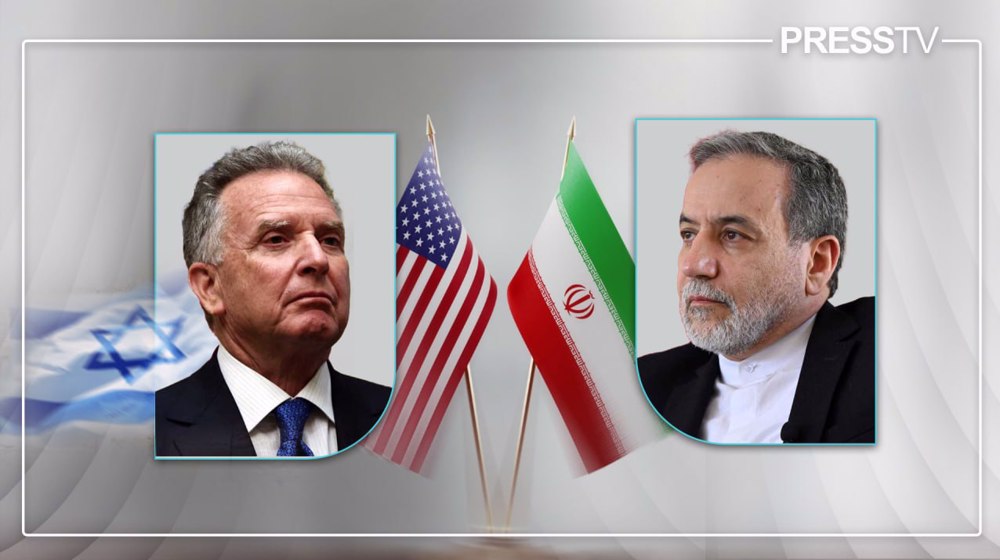
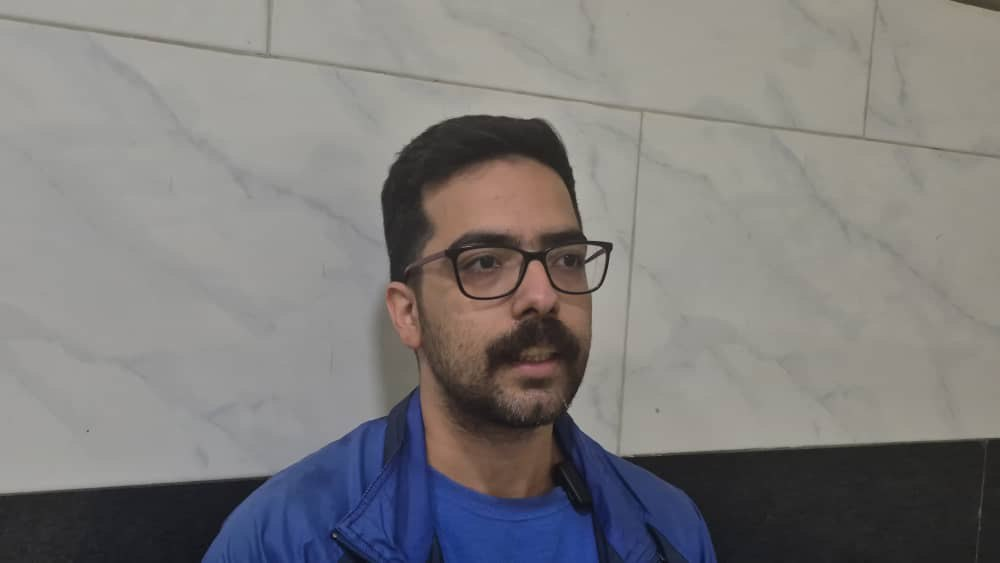
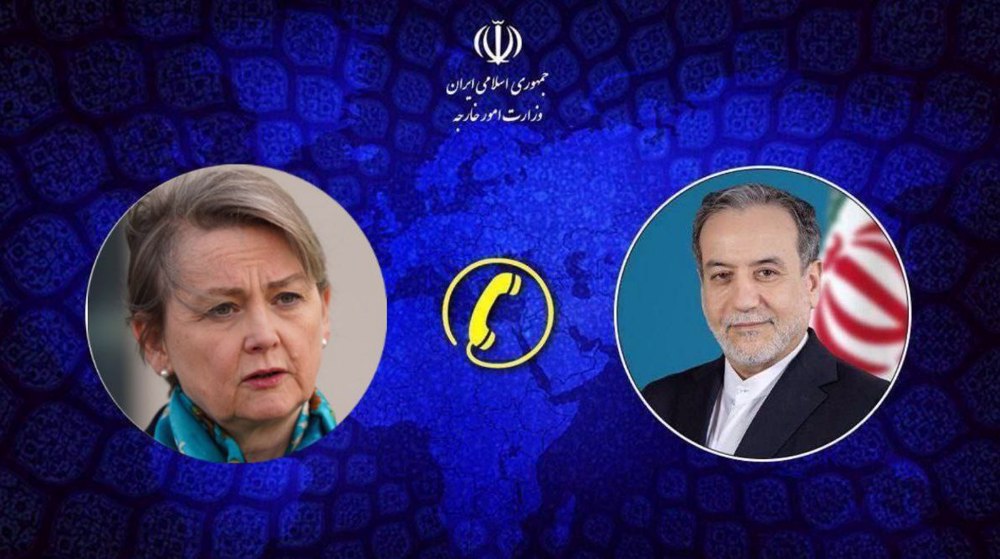
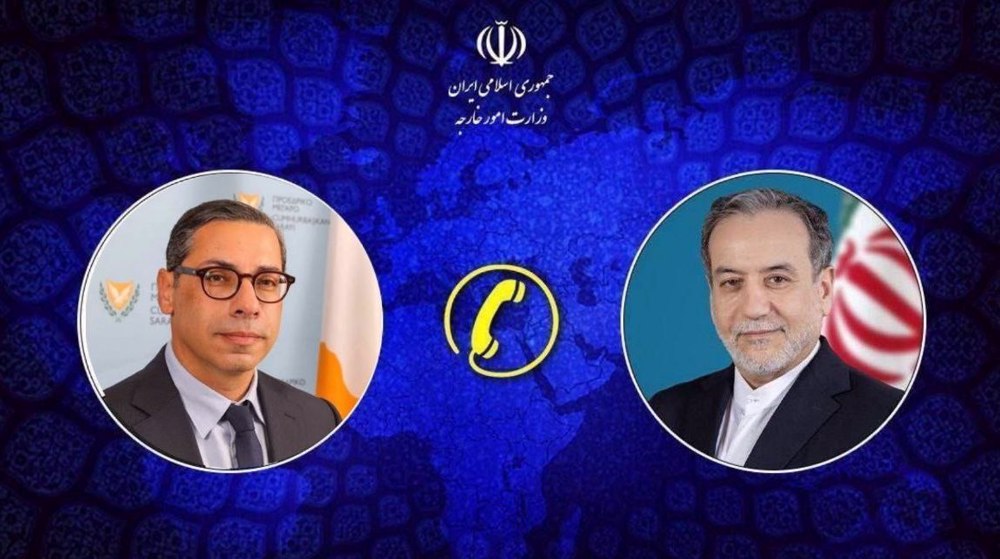



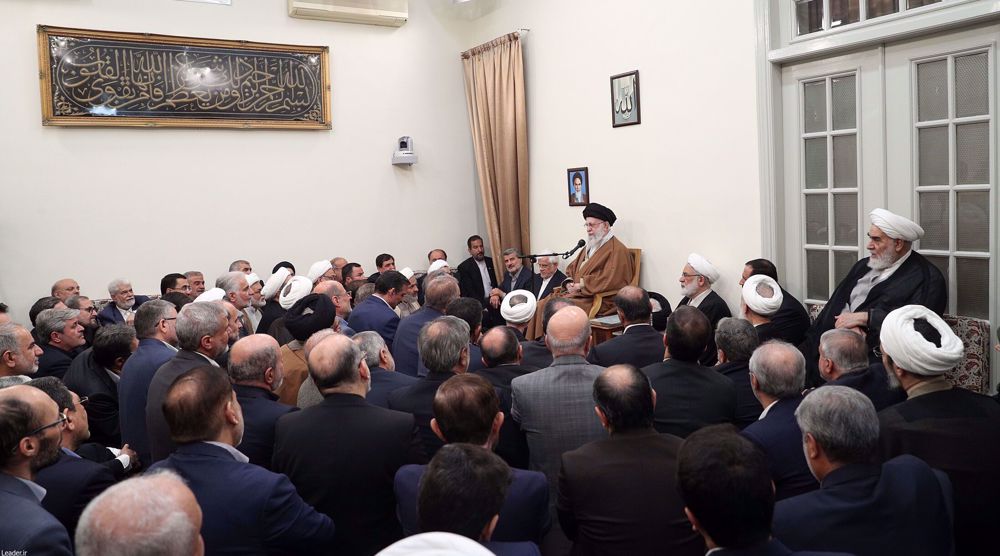
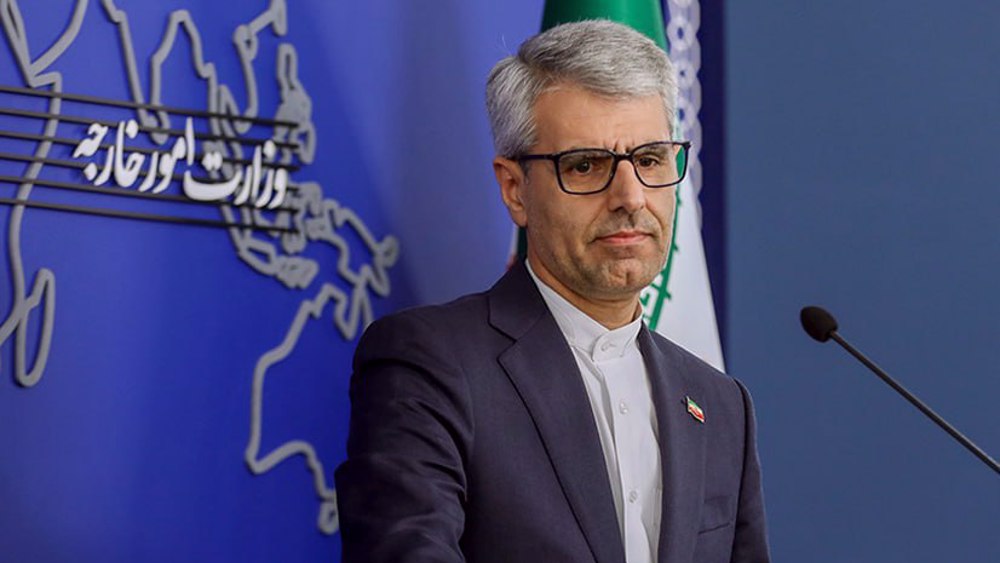

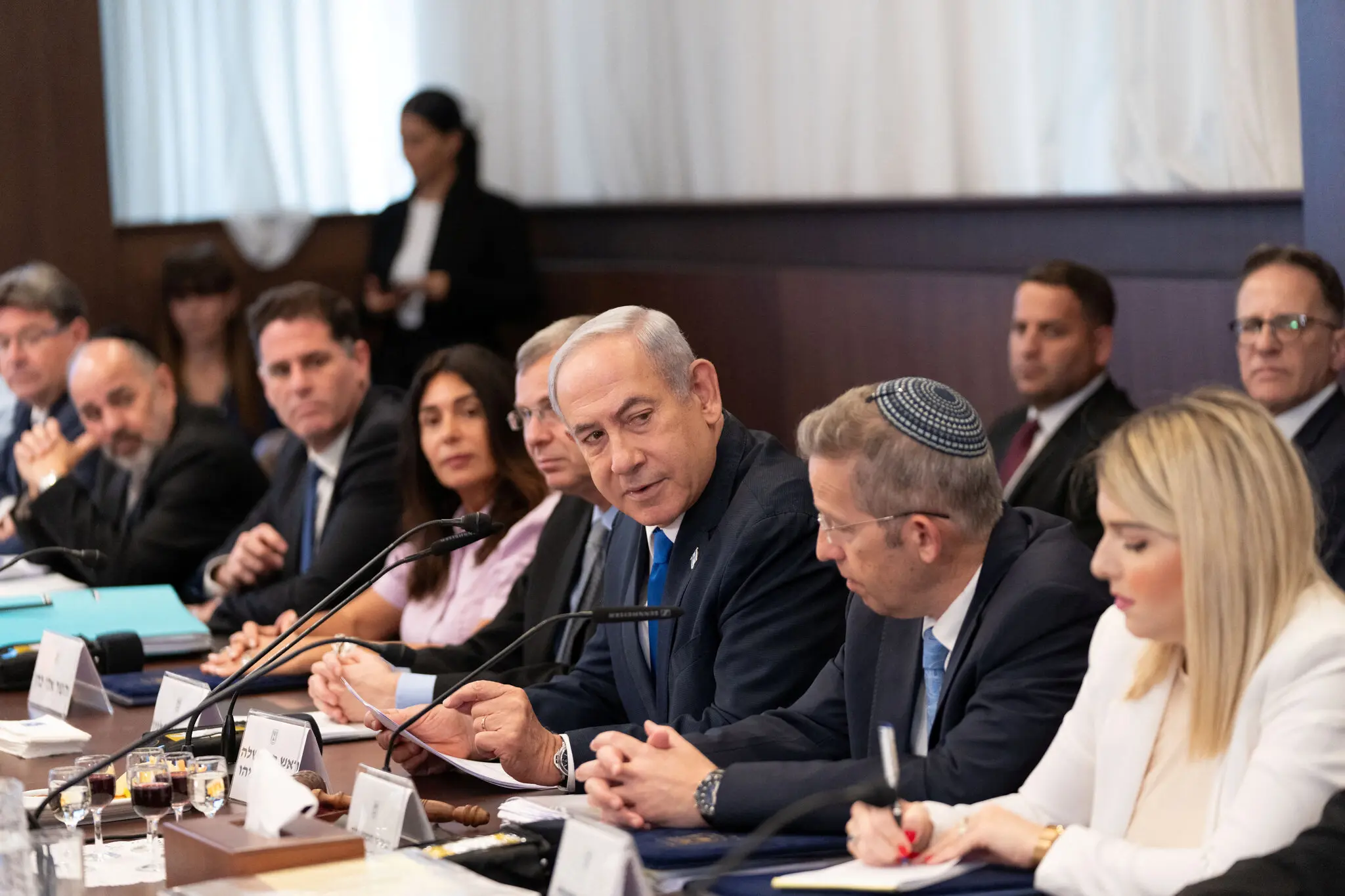

 This makes it easy to access the Press TV website
This makes it easy to access the Press TV website